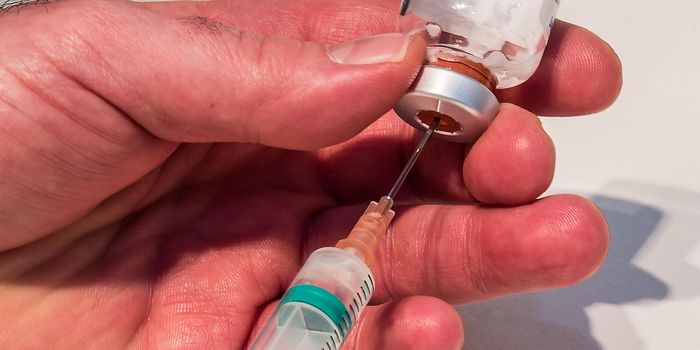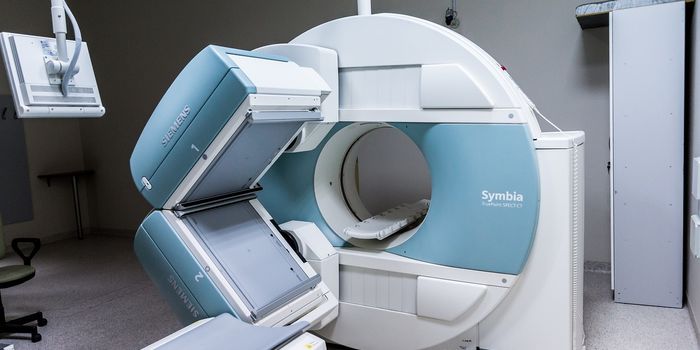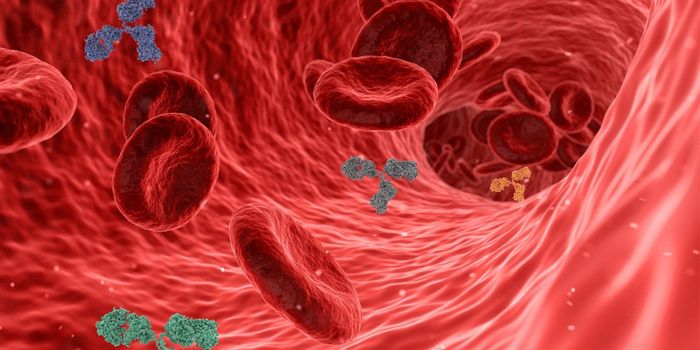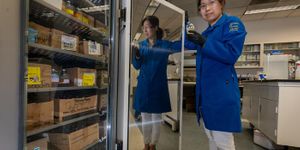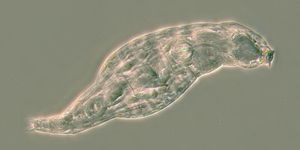TIP Therapy Induces Long-Term Beneficial Outcomes for Testicular Cancer
An exciting study, recently published in the Journal of Clinical Oncology finds substantial efficacy for a combination chemotherapy regimen for treating testicular cancer. The study evaluated the long-term benefits of paclitaxel, ifosfamide, and cisplatin, a combination treatment regimen known as TIP, in patients who had suboptimal responses to prior chemotherapy treatments. In this setting, oncologists consider TIP a salvage treatment because oncologists use TIP following an unfavorable response to other therapies.
The researchers previously evaluated TIP as a salvage treatment for testicular cancers following a phase 2 study published in 2005. This study helped establish TIP as a standard-of-care initial salvage approach. Subsequent studies validated the beneficial effects of TIP in some instances of refractory disease (tumors deemed nonresponsive to prior treatment), relapsed disease (cases where cancer has progressed after initial improvement), and as consolidation chemotherapy treatment given after the administration of other therapeutic approaches that garnered unfavorable responses).
Despite serving as a standard of care for almost two decades, long-term outcome data from extensive cohort studies of patients receiving TIP remain lacking. The current study, a comprehensive and in-depth analysis, sought to update the understanding of the long-term impact TIP has on testicular cancer. It looked specifically at patients who received TIP as a second-line therapy after a cisplatin regimen.
The study included 104 patients, 17 of whom had at least one “unfavorable risk factor” according to the criteria of Memorial Sloan Kettering Cancer Center, the institution conducting the study. Characteristics classified as unfavorable included first-line cisplatin therapy lasting less than six weeks, a primary tumor site in the gonad, and not achieving a complete or partial response lasting over six months following the first-line treatment. On average, patients had 8.9 years of follow-up.
The researchers reported five-year progression-free survival (PFS) at 66% and five-year overall survival (OS) at 69%. Among the patients with favorable risk factors, 79% responded favorably, including PFS at 67% and OS at 72%. Similar results occurred when considering the cohort with unfavorable risk factors. Specifically, 76% achieved a favorable response, and 59% and 56% achieved PFS and OS, respectively.
The authors concluded that TIP produced beneficial responses when used as a second-line regimen in patients responding unfavorably to cisplatin. Further, the study reveals that outcomes achieved by TIP occur similarly in patients with favorable and unfavorable risk factors.
Sources: J Clin Oncol (2005), J Clin Oncol (2024), J Cancer Res Clin Oncol



